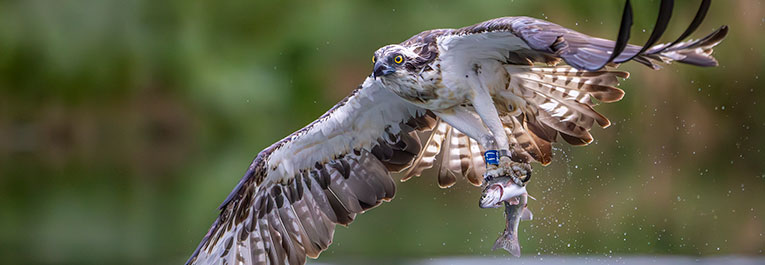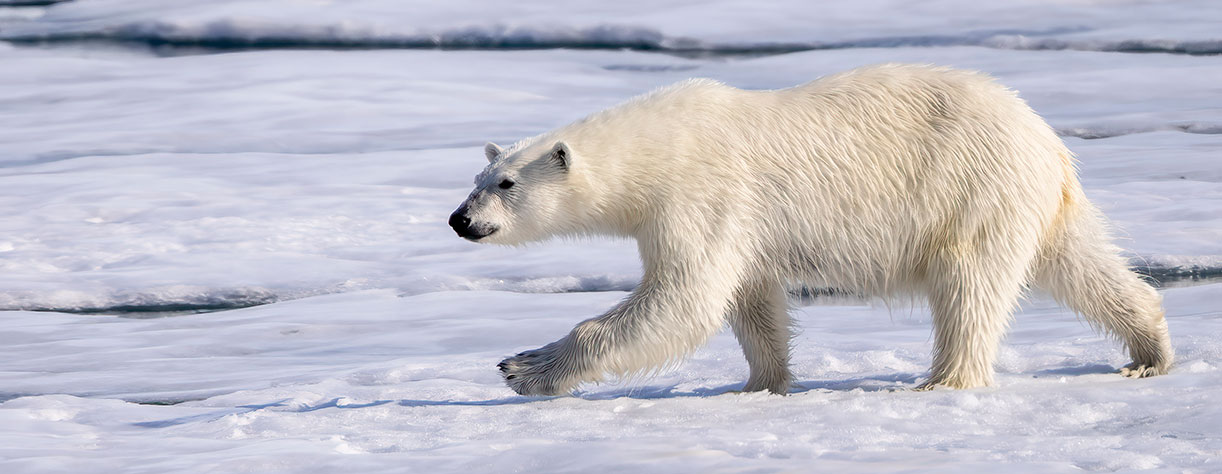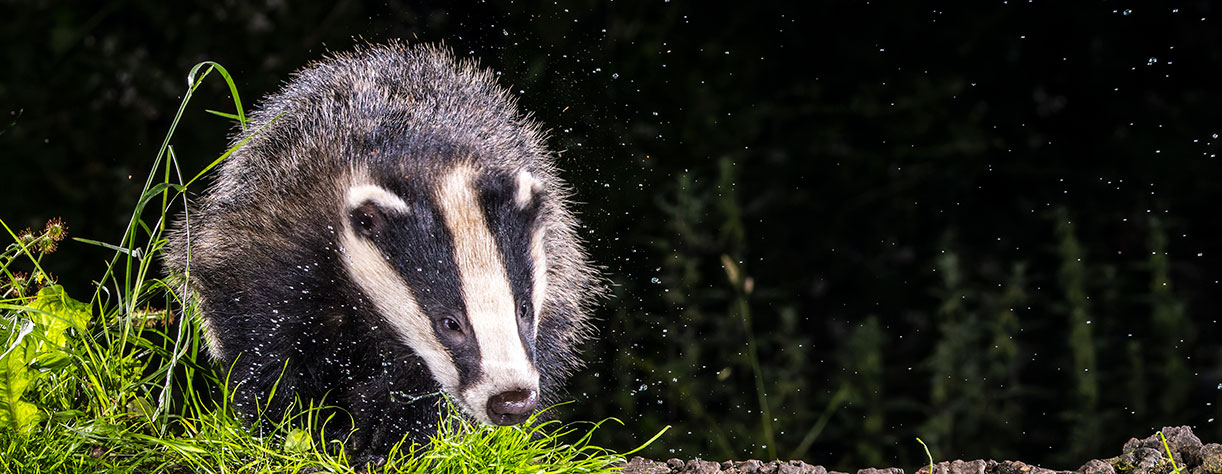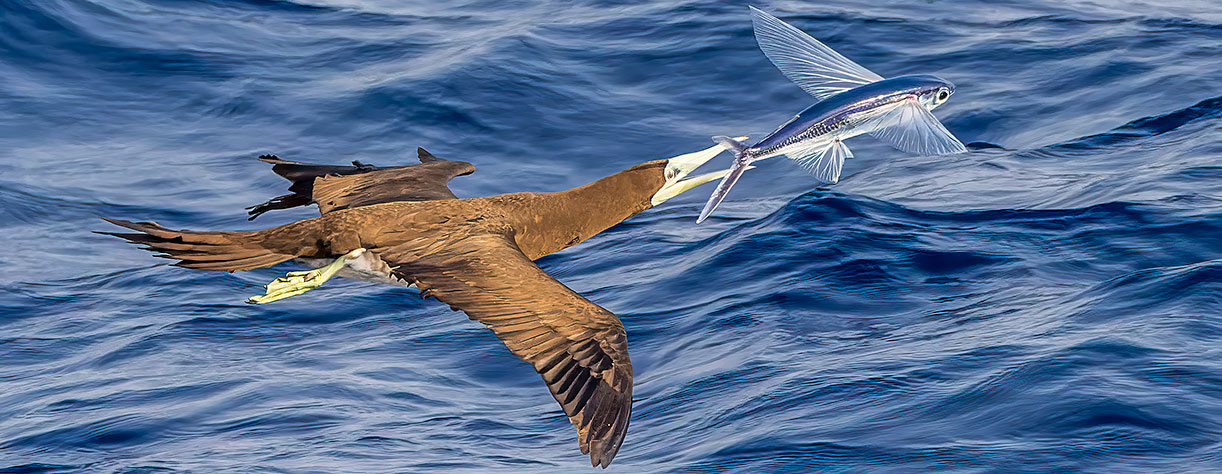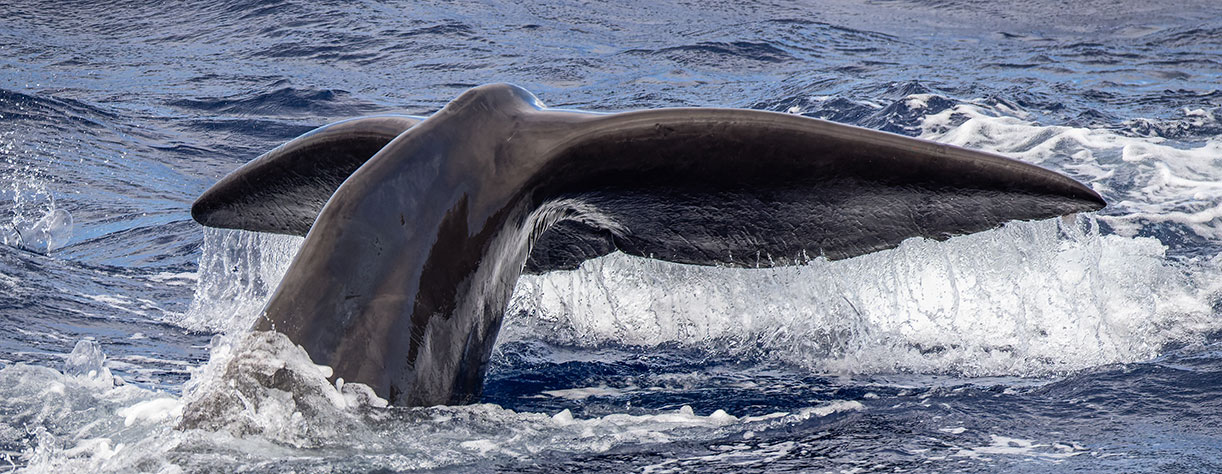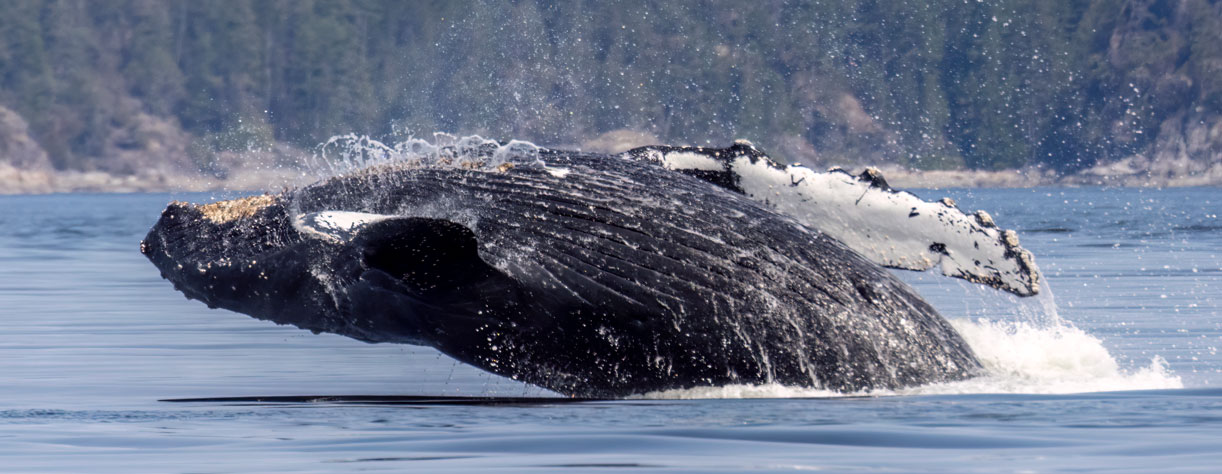Holiday photography is all about capturing special moments you may never experience again. This includes any mammals, birds or sea life sightings you enjoy on your trip. Yet capturing good photos of wildlife means being ready to click the shutter in the blink of an eye.
To help you avoid missing the perfect frame, we’ve asked regular guest speaker and Wildlife Photographer Richard Lovelock to share his top tips and advice.
Holiday photography is all about capturing special moments you may never experience again. This includes any mammals, birds or sea life sightings Read more
you enjoy on your trip. Yet capturing good photos of wildlife means being ready to click the shutter in the blink of an eye.To help you avoid missing the perfect frame, we’ve asked regular guest speaker and Wildlife Photographer Richard Lovelock to share his top tips and advice.
What is wildlife photography?
Wildlife photography is the technique of capturing animals in their natural environment. This wide-ranging genre encompasses all forms of wildlife and habitats. It can include everything from a photo of a field mouse in the British countryside to a lion on an African savannah.
Documenting these moments can be challenging. As experienced wildlife photographer Richard notes, “Wildlife photography is a test of one’s patience.”
Though it requires commitment and stamina, having wildlife photography as a hobby can also be hugely rewarding. As Richard explains, “Not everyone can place themselves in front of an amazing creature. I am grateful for the opportunity and want to capture that image and immortalise the animal in my memory.”
Becoming a good wildlife photographer isn’t easy, however. As well as heading into wild environments for long periods, capturing high-quality photos takes lots of skill.
“A good wildlife photo needs to tell a story,” says Richard. “It should put the viewer in the moment as if they were taking the shot themselves. It should also show the animal naturally posed.”
So, for someone starting out in wildlife photography, having the right advice and equipment is a huge advantage.
How to get into wildlife photography
As wildlife photography is such a wide-ranging genre, it’s one of the easiest for beginners to start out in. All that’s required is a passion for the outdoors and some form of camera, whether it’s a phone or a more professional setup.
This was all Richard had when an unfortunate but inspiring incident occurred. “When I was in my thirties I took a career break from the police service and decided to travel the world,” he explains. “One of my first trips was to Africa. I bought a small point-and-shoot digital camera to take on my travels.
“Unfortunately, near the start of the three-month trip, I was at a campsite charging it up, when a power surge blew all the lights - and my camera. I had to experience the rest of the trip, including seeing the mountain gorillas in Rwanda, without any sort of camera. My interest and passion for photography has grown since then.”
What are the best cameras for wildlife photography?
If you’re a beginner, you may wonder what equipment you should invest in for the best results. Clearly, a camera is the most essential item for any budding wildlife photographer.
Yet there’s no need to invest huge amounts of cash when starting out. A basic camera, such as a phone camera, is more than adequate. Choosing one with a good battery life will ensure you’re ready whenever a special moment arrives.
Richard recommends that beginners test out different setups before they make any purchases. He explains, “Better equipment will generally enable better results, but nobody ever learnt to drive in a supercar. Borrow, share or start with affordable equipment and see how you get on.”
If you’re a wildlife photographer that’s happy to invest in your hobby, Richard recommends a setup with good magnification, such as a telephoto lens. This can take images from a distance so you don’t disturb the habitats or wildlife you’re trying to capture.
Choosing the right accessories is equally important for taking good-quality images, says Richard. “Tripods are an essential piece of kit for a wildlife photographer. Not just for stability, but to hold the weight of some of the larger lenses over lengthy periods.”
Wildlife photography tips
When you’re getting started in wildlife photography, having a few tips in mind will help you capture high-quality images:
1. Find your wildlife
By their nature, wild animals aren’t going to readily present themselves in front of your camera. To find creatures to photograph, you need to start exploring and immersing yourself in their environments.
Spending lots of time in these locations will make it more likely for you to get a sighting. Though it’s important you leave habitats as you find them and don’t disturb the animals you’re taking pictures of.
However, this doesn’t mean you always have to travel far to capture unique creatures, says Richard. “You’ll be amazed at the variety of wildlife you’ll see if you just stop, listen and look. Whether that’s in your own neighbourhood or on port stops on a cruise.”
2. Be ready for anything
As well as spending lots of time in animals’ environments, it’s important you have the correct setup to capture moments as they happen.
As Richard explains, “The best wildlife shots are often something the animal does unexpectedly. You’ve got to be set up and ready for everything!”
To start with, Richard recommends using generic settings for shutter speed, lighting and focus on your camera. Then, as you get more experience, you’ll learn what adjustments you need to make to get the best photograph. For example, having a high shutter speed to capture more photos per second.
If you’re using a camera rather than a phone, having plenty of batteries and memory cards to hand will ensure you don’t miss any special moments.
3. Have patience
Wildlife photography is a hobby that requires you to spend lots of time outdoors in all weathers and remote environments. Staying resilient and focused is key for anyone that wants to improve their skills.
“Unfortunately you can’t get wildlife to pose for you,” says Richard. “So you need to be flexible, adapt and be prepared to put the hours in.”
4. Study photography
Learning the photography basics is essential to using your camera effectively.
This includes understanding terms such as:
- Focal length: how much scene is captured and how magnified it’ll be
- Depth of field: the distance between the closest and furthest object in the frame and how in-focus they are
- Exposure: the amount of light that’s let into the camera lens
As a self-taught photographer, Richard says constant learning has been key to his development. “In today’s world, you have access to so many free resources,” he says. “There are videos on every single topic you could want and need. I constantly look to learn more about the field of photography.”
5. Practice makes progress
Regularly taking photos is the best way to get better technique and quality images. As Richard explains, “Look for any opportunity to photograph wildlife – the birds on the feeder, the ducks at the pond. The beauty of digital photography is that you can take thousands of photos and delete them all, but you will have learnt from the exercise.”
However, Richard says that having fun is the best advice he can give to beginners. “It can be quite stressful being a wildlife photographer. Sometimes you may only have that one opportunity at capturing the image before it flies, swims or runs off. Don’t beat yourself up. I’ve missed hundreds of cracking shots but that’s just the way it goes.”
How to capture wildlife photography at sea
Richard admits that, even as an experienced photographer, taking pictures of sea life is a challenge. Out of the tips above, being ready is the most important when capturing special wildlife moments on a cruise.
“I’ve lost count of the number of times I’ve walked onto the deck of a ship to see something unexpected happen immediately,” Richard admits. “These are the moments wildlife photographers want to capture. So you need to be set up and ready with whatever equipment you have to hand.”
Specifically, Richard recommends setting your camera to 1/2500 shutter, F8 and Auto ISO as a starting point for capturing marine life.
However, having the right setup comes second to spending lots of time outside and on deck. This increases the likelihood of capturing even the most elusive marine life, such as whales and dolphins. As Richard says, “I find the more hours I put in looking, the luckier I get.”
What are the best cruises for spotting wildlife
Wildlife can be spotted and photographed on cruises in any part of the world, though Richard has specific recommendations to increase your chances of a sighting.
Why should wildlife photographers travel with Fred. Olsen?
Alongside offering a huge range of whale watching cruises for wildlife photographers to choose from, Fred. Olsen has also partnered with conservation experts ORCA to protect the marine life they love.
Fred. Olsen has been part of ORCA’s Ocean Conservationist programme since 2019. This sees experts working onboard ships to monitor marine life and educate guests through Q&As and lectures. Work that’s key to maintaining the habitat and health of the whales, dolphins and sea birds photographers want to capture.
As Richard explains, “If we are to enjoy the benefits of cruising, we must also take some ownership in protecting the waters we are sailing through.
“It was thanks to ORCA that I changed from a cruise passenger to an Ocean Conservationist. The work that ORCA does on board Fred. Olsen cruise ships is so important and essential if we want to see oceans back teaming with wildlife like whales and dolphins.”


